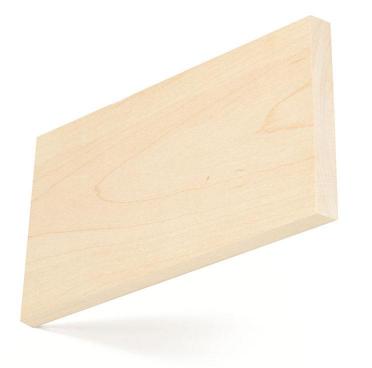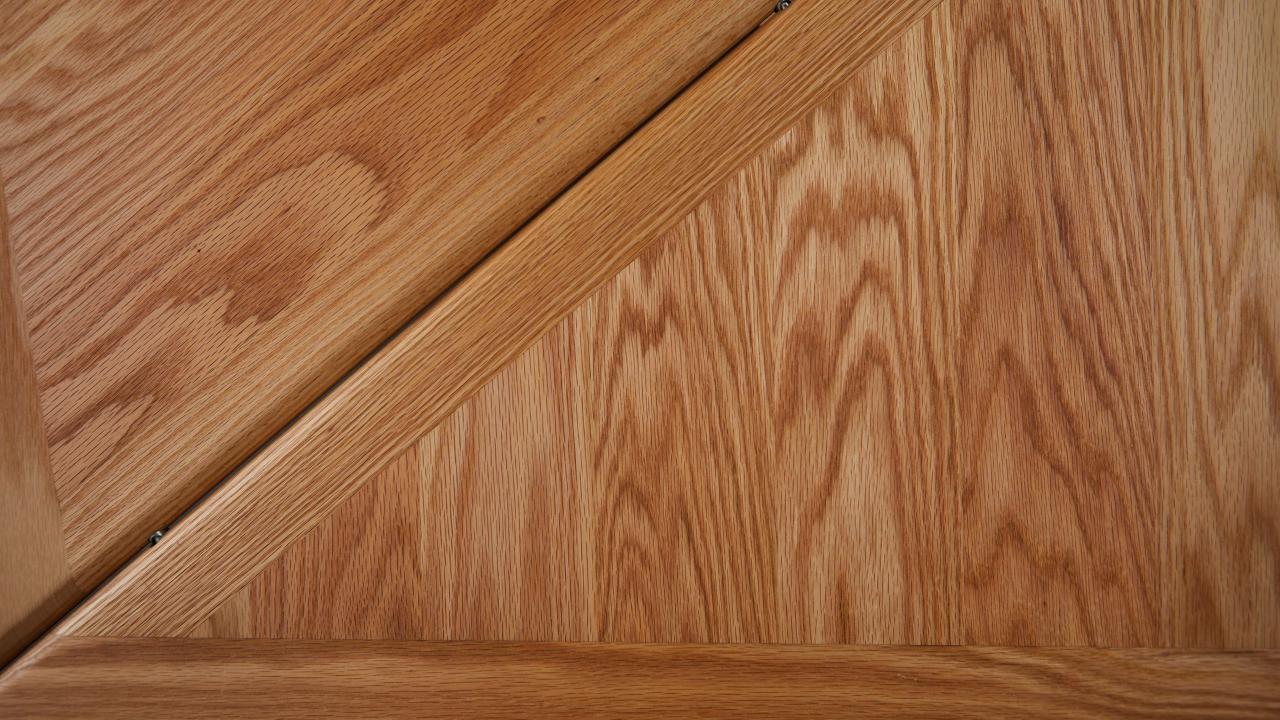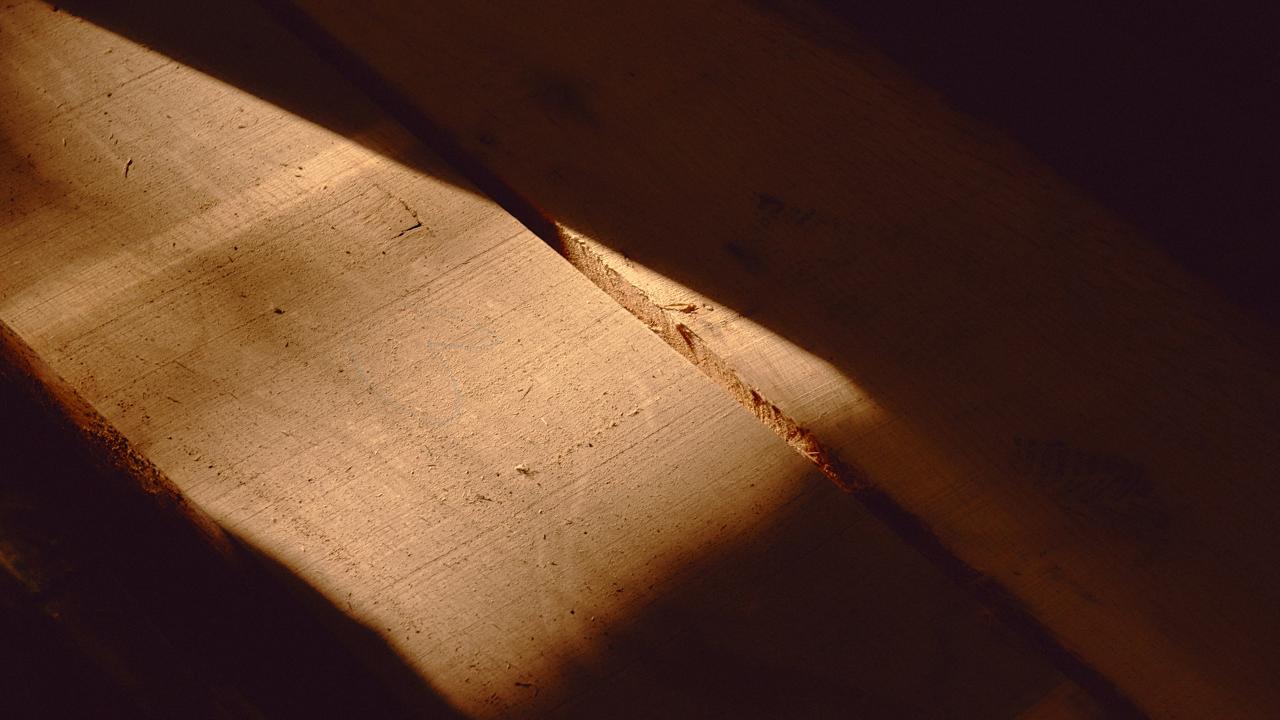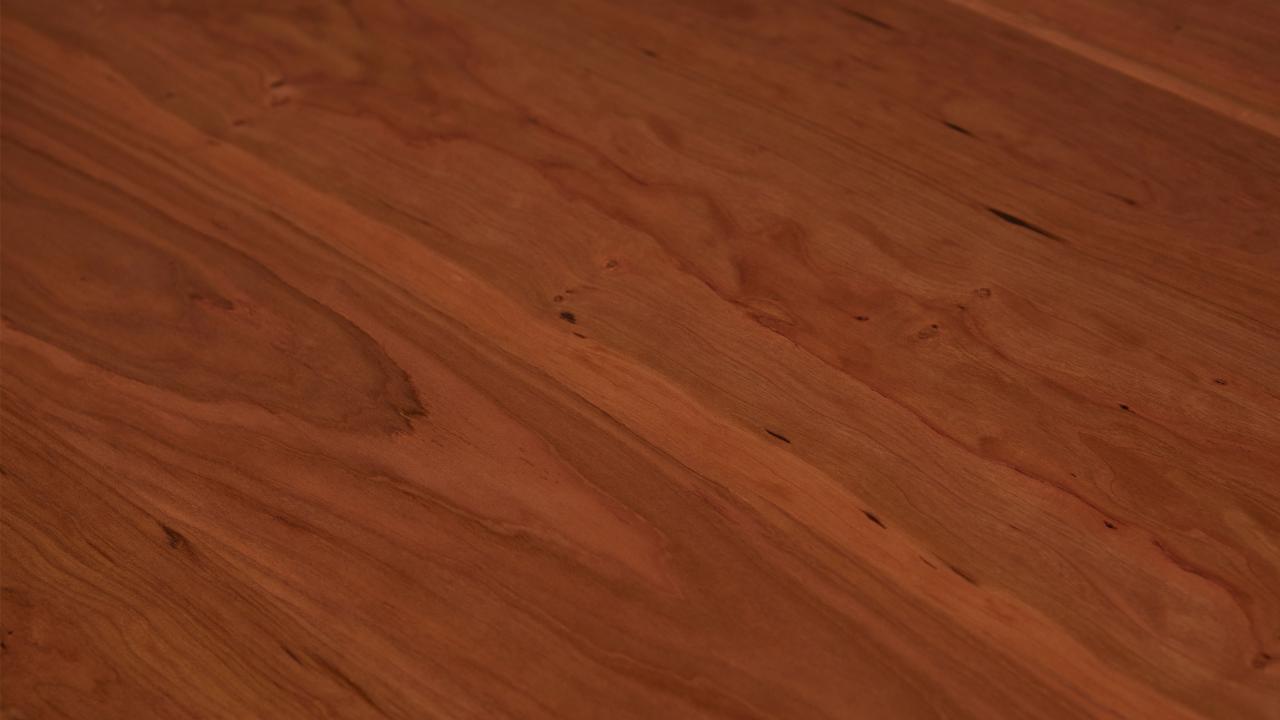About the material
Wood is a renewable material that is easily recycled. It can be used both as a material and as a fuel; it is low impact and a carbon store. Strong relative to its weight, wood is also tactile, versatile and visually appealing. It brings warmth to interiors and is beneficial for people's health. With the world facing ever-increasing damage from climate change and the excessive consumption of high-impact materials, emphasis must be placed on the environmental merits that arise from making greater use of the raw materials that nature provides us. .
The material choices made by consumers, designers and manufacturers have a direct effect on the composition and sustainability of forests. This project features four beautiful and underused species of wood (American red oak, cherry, maple and tulipwood) and questions whether the usual species are always the only "right" ones to use.
These four sustainable species grow abundantly in America's hardwood forests, ranging from Maine in the north to Mississippi in the south, spanning part of the Midwest. They make up over 45% of America's hardwood forest and contribute, like other species, to its diversity and sustainability: red oak is the most widespread, for example, while soft maple regenerates the fastest. With heat treatments and a variety of finishes, the wood of all four species is enormously versatile.
AMERICAN CHERRY
American cherry is very abundant and widely available in the northern Appalachians, particularly in Pennsylvania and West Virginia, it. Cherry has a relatively short rotation, taking less time to mature than other hardwoods. The narrow sapwood is a light pinkish colour, while the heartwood varies from rich red to reddish brown. It is a high-quality cabinet wood and may contain streaks of lighter sapwood and dark gum pockets. With a straight unpronounced grain and fine texture, the wood is medium density and moderately strong. It is easy to machine, shape and connect, and when sanded and polished, produces an excellent smooth, glassy finish.
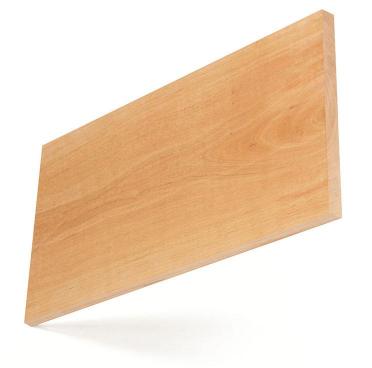
AMERICAN TULIPWOOD
American tulipwood is one of the most prolific hardwood species from the U.S. hardwood forests and is unique to North America, having been eliminated in Europe by the last Ice Age. Its colour goes from creamy white, in the sapwood, to pale yellow or brown in the heartwood. Tulipwood trees are widely distributed throughout most of the eastern United States in mixed hardwood forests. The trees are huge and identified by their tulip-like flowers giving rise to the name. Tulipwood is easy to finish and stain, and it is highly suitable for furniture. It also has extraordinary overall strength properties related to its weight, making it an ideal choice of timber for structural applications, such as cross-laminated timber and glue-lam beans.
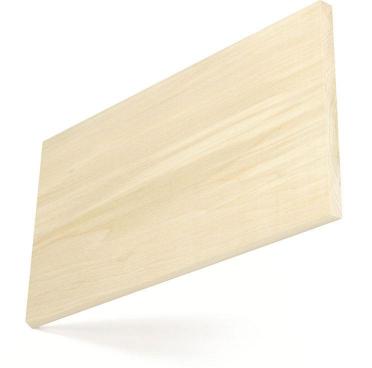
AMERICAN RED OAK
American red oak is the dominant species in the U.S. hardwood forests – with distinctive grain, and wood that is not always red in colour. The name comes from the leaf colour in the fall. Red oak trees grow naturally in North America, although planted elsewhere. They are widely distributed throughout most of the eastern United States in mixed hardwood forests. The trees are very tall. There are many sub-species, which grow from north to south; some high in the mountains and others on low land giving rise to different characteristics. Red oaks are regarded as highly sustainable and, being the largest species group, are more abundant than the white oaks.
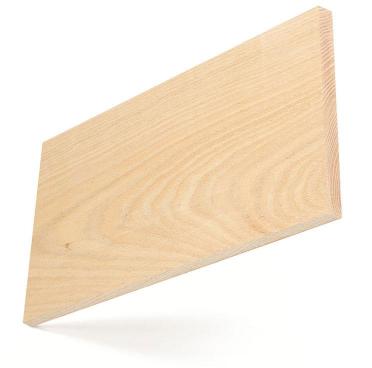
AMERICAN MAPLE
American maple grows naturally in the hardwood forests of North America and is world-renowned for its delicate colour, hardness, fine grain and finishing quality. American maple is a cold climate species; trees can also grow throughout the USA in mixed hardwood forests but favour the more northern states. The species is quite different from other maples throughout the world. The trees often grow in dense stands on many types of soil and are also farmed for their famous maple syrup. Harvesting the trees is seasonal (autumn and winter).
